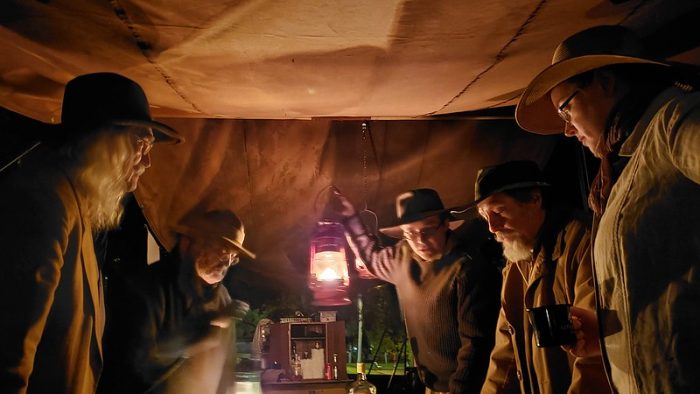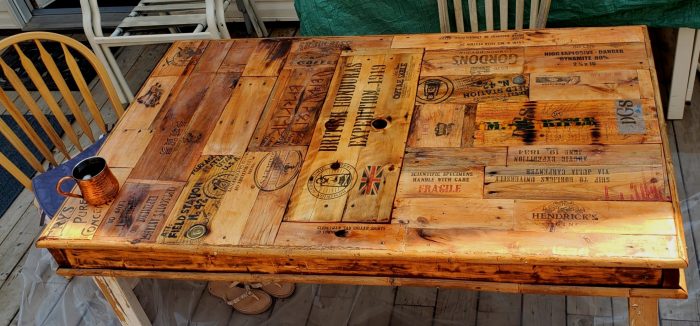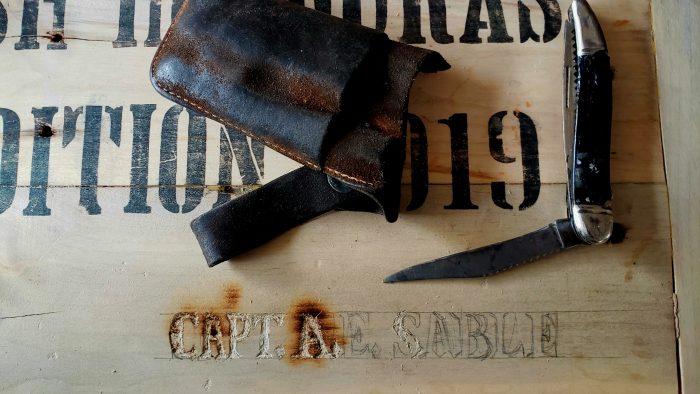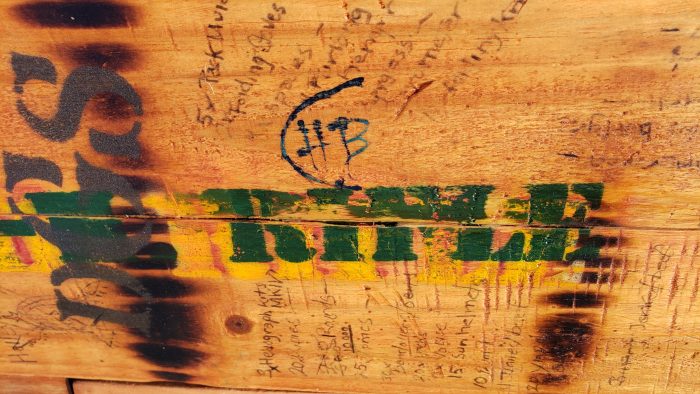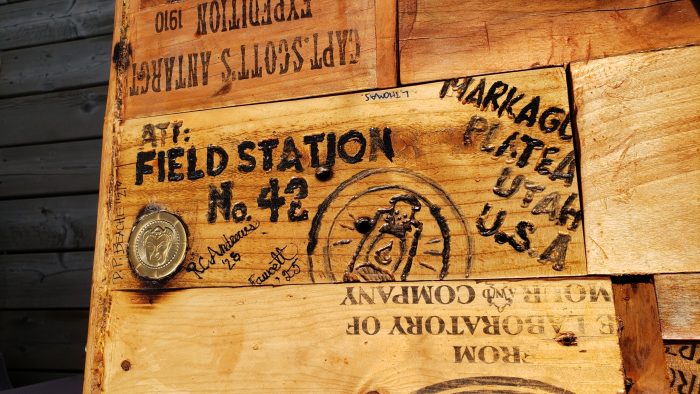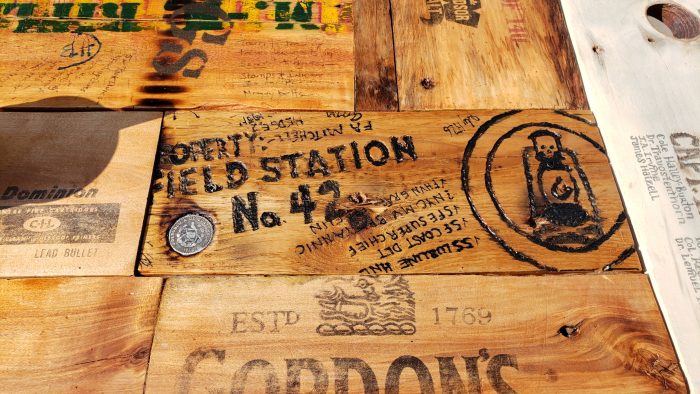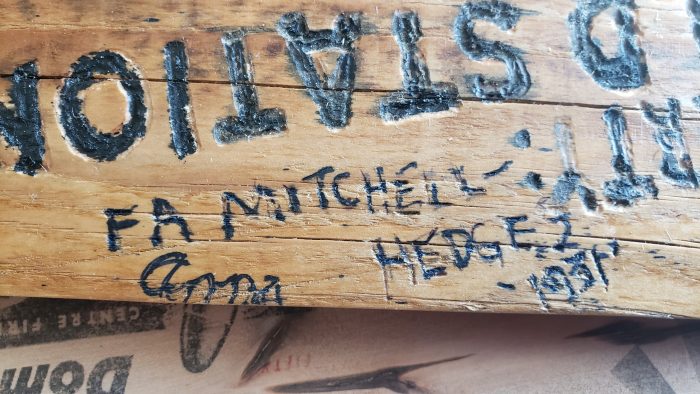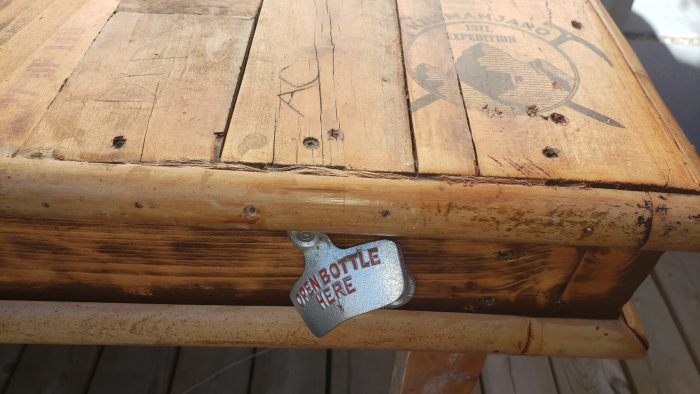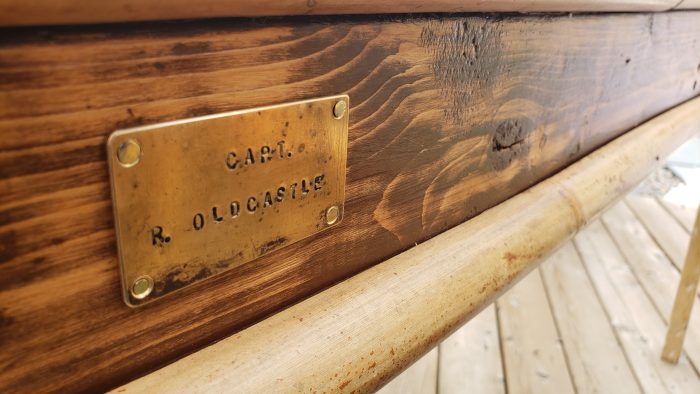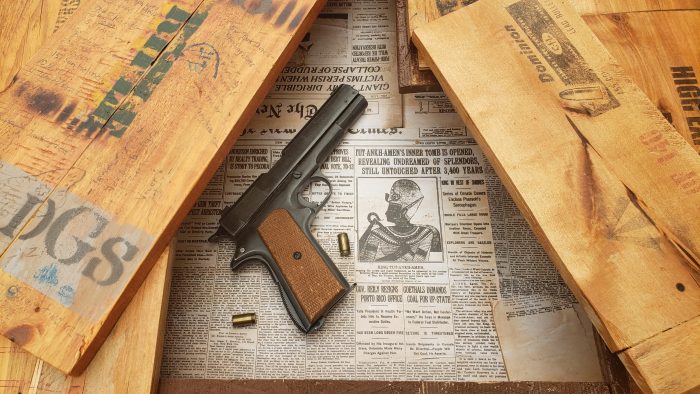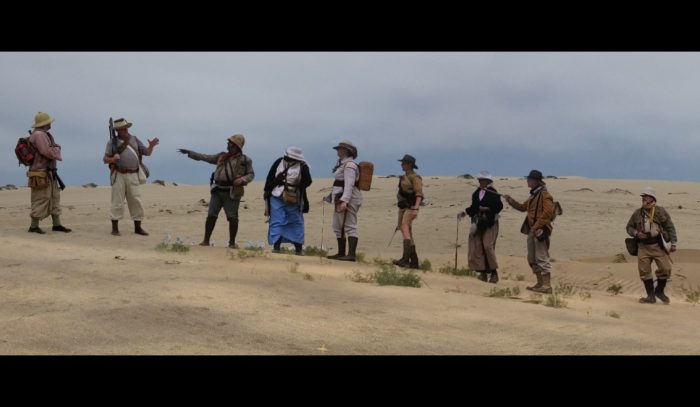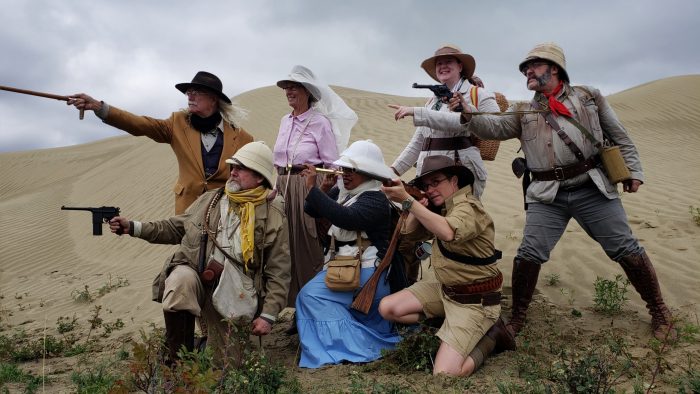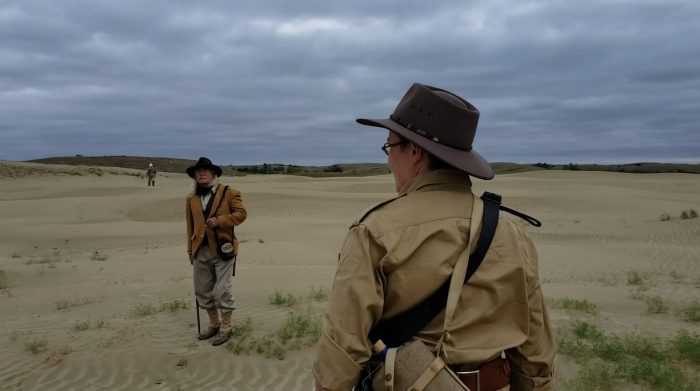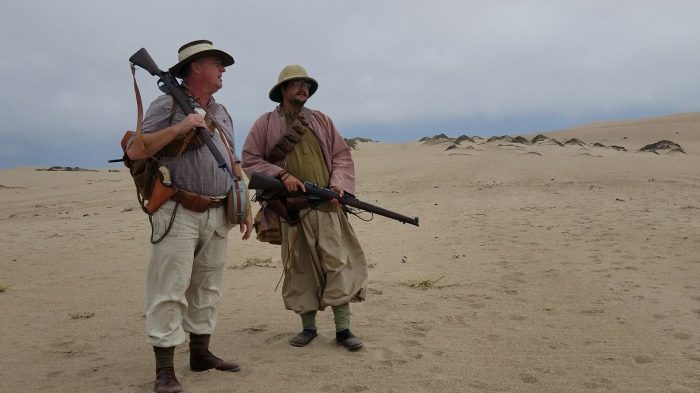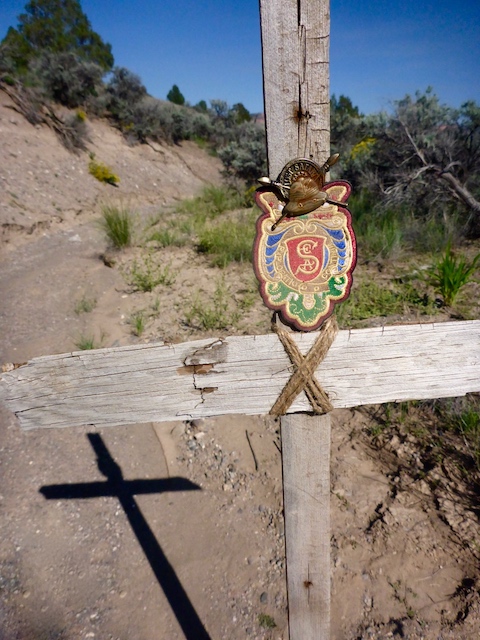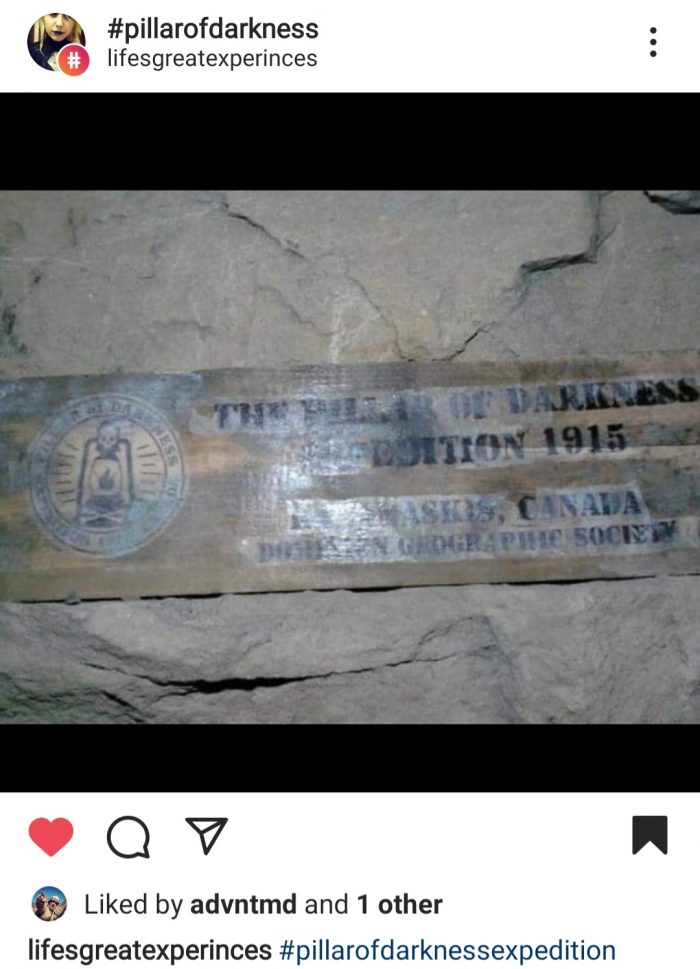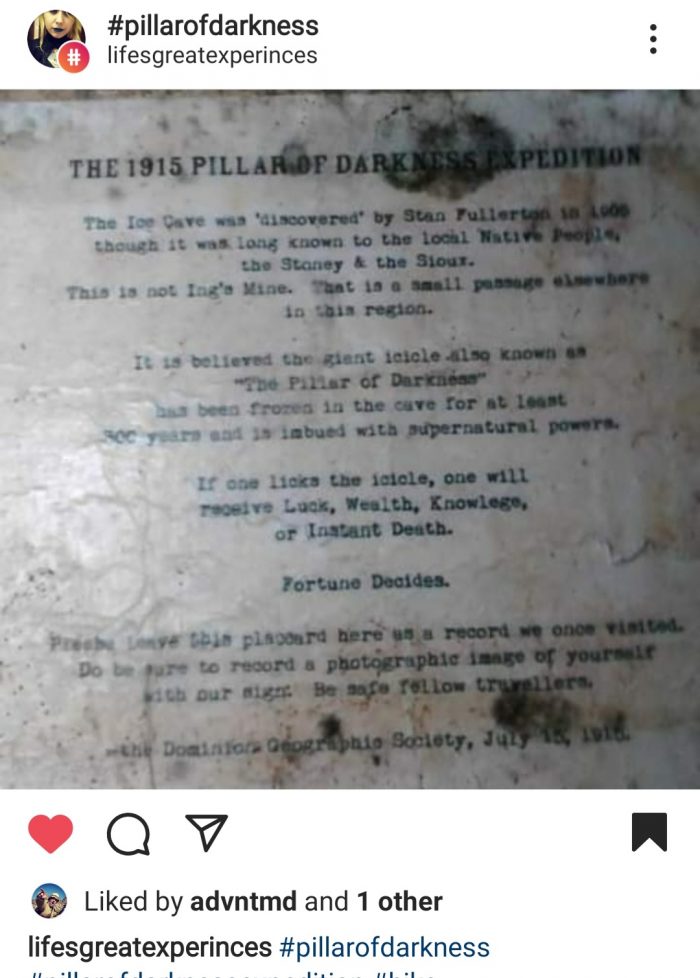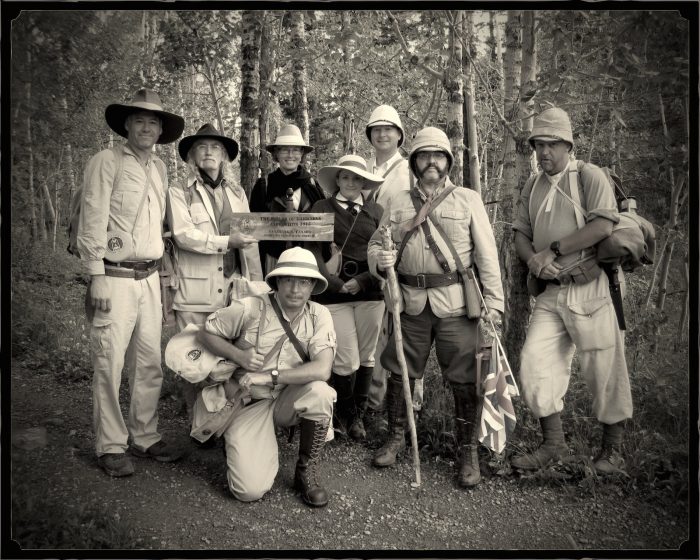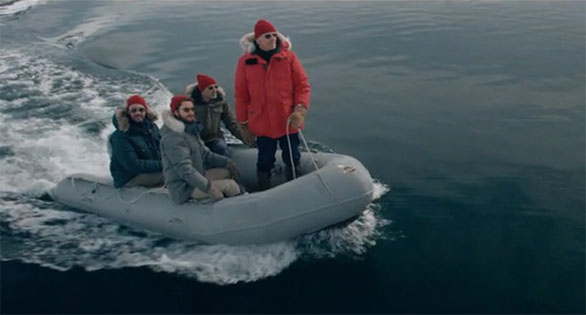 A recent Instagram post I saw about rafts and canoes set me to reminiscing about bygone days, and reminded me of a precursor, if you will, to The Dominion Geographic Society: that is, The Jacques Abagada Society.
A recent Instagram post I saw about rafts and canoes set me to reminiscing about bygone days, and reminded me of a precursor, if you will, to The Dominion Geographic Society: that is, The Jacques Abagada Society.
I had a good friend all through junior high, high school, and subsequent years, with whom I’d been acquainted since kindergarten. When I say “subsequent years,” I mean until May 2020, when he suddenly, but not entirely surprisingly, passed away… the bastard… from causes completely unrelated to the modern ongoing coronavirus pandemic. He escaped, leaving the rest of us to slog through COVID, fighting for survival in a world that makes a zombie apocalypse look appealing by contrast. At least with the Zombie Apocalypse there’s an end in sight: either the zombies kill you as you sleep and eat your brain, or you kill all of the zombies using a sawed-off shotgun and restore order to the world. But with COVID, it’s just gonna be a slow, lingering descent in to hopelessness, despair, poverty, and finally death. The ones who have managed to bail out early, like my friend, and my mom six weeks later, and my brother a year earlier, had the right idea, missing out on all the “fun” of a trans-global pandemic.
As you can see, hopelessness and despair have a firm grip on my psyche at this point. But for now I’m gonna write about boats. You’ll just have to wade through some other stuff first.
Anyway, back in our long-ago high-school days, my pal and I played a lot of pool. My mom had a pool table at her house, so it’s not like we were out hanging with the cool kids, drinking beer and smoking cigarettes and picking up chicks while playing pool. No, we were social misfits, playing pool in my mom’s garage while dreaming about “some day” having great and grand adventures.
During one late night game, my buddy made a particularly egregious shot. The kind where the cue stick flails spaztastically and several balls leap off the table. His verbal response to such a graceful move: Uh! Buh! Guh! Duh!
From that point on, our standard response when either of us did anything especially stupid, which was uncomfortably often, became: Uh! Buh! Guh! Duh!
Over time, while the two of us squandered evening after evening of what should have been among the best years of our lives shooting pool in my mom’s garage, we continued to discuss The Adventures We Shall Someday Have, and amid those discussions, a fictional… no, a mythical character began to evolve, of whom we patterned ourselves as followers. Essentially, we adopted as our “leader” the undersea explorer and all around cool guy, Captain Jacques Cousteau. Because, c’mon, nobody was having better adventures when we were kids than Jacques Cousteau! He travelled the world on his own floating laboratory, and he had his own helicopter and submarine and hot air balloon and Zodiac boats and cool underwater gear, and he invented stuff and discovered stuff and he was on TV. Only, the version of Cousteau who emerged from our countless late-night discussions was… less competent than Cousteau. He was prone to mistakes, but he would cover up those mistakes with bravado and bluster. He was an Uh! Buh! Guh! Duh!, shrug it off and move on kind of guy.
Hence his name: Jacques Uh Buh Guh Duh – later stylized as Jacques Abagada of The Abagada Society.
In retrospect, this Cousteau parody Abagada thing was a good idea. Some decades after my friend – his name was Mickey, by the way, and he was named after Mantle the baseball legend, not the mouse – and I had come up with the cool but under-competent explorer Jacques Abagada, those pretentious ass-hats Wes Anderson and Noah Baumbach took the exact same idea and turned it in to a hit feature film: The Life Aquatic with Steve Zissou.
Have you ever seen half-assed ideas that you toyed with in your younger youth capitalized on by people with more… I dunno, money, mostly; and influence and drive and charisma and luck? When that Zissou movie came out, I recall shouting at the TV screen within the first few seconds of first seeing the promo trailer, “THAT’S JACQUES ABAGADA! THEY STOLE OUR CHARACTER!”
I… actually like the movie. I like it a lot. It’s droll and deadpan and witty and clever. Except, Ned shouldn’t have died. That was a bummer. But Anderson and Baumbach had to kill him off, I suppose, because in real life Cousteau’s son was tragically killed in the crash of an amphibious aircraft.
And yeah, the film-makers fleshed out the story a lot more than we had with our character, and gave it a plot, and inserted a hundred and one little inside references for Cousteau fans and others.
It irritated me when pretty much the only thing the reviews for the film talked about was “David Bowie songs in Portuguese.” There are a thousand other “Easter eggs” in The Life Aquatic besides the David Bowie songs. Film critics today are too young and too shallow and too ignorant of history and pop culture to recognize the really good stuff. In fact, I’m pretty sure… I keep meaning to write a letter to Anderson and Baumbach to see if I’m correct, but I know I am… I’m pretty sure I might be the only person in the world who gets one of the lines in the film:
I could tell you what I think… what I know… this is a reference to, but then I wouldn’t be the only one who knows, would I?
It would probably be pointless to write to Baumbach and Anderson today – if they’re even still alive [note: yes, they are, and they continue to produce successful projects both independently and jointly] – because The Life Aquatic was released in 2004, which may as well be a million jillion years ago in the world of pop culture, and they’ve certainly moved on to other things, and likely have little recall of much of what went in to that film.
I’ve had several ideas in my lifetime that I have later seen developed in to successful media. When I was a kid, going through my “Titanic obsession phase,” in those gloriously exciting years before Ballard actually found the wreck, when it was still a romantic and mysterious “lost” shipwreck, I had two fantasy stories running through my mind, sometimes to the point where they would keep me awake at night: in one, the ship actually ended up frozen inside the iceberg. Clive Cussler later used the idea of a lost ship frozen inside an iceberg for his novel, Iceberg. My other mental story was that in the far future, a team of scientists discover the wreck and, working secretly at the bottom of the sea, convert the ship in to an inter-stellar spacecraft. Cussler, prior to Iceberg, had written Raise the Titanic (which later became an abysmal film). Japanese film-makers ended up doing this story one better, by converting the sunken WWII battleship Yamato in to a space battleship in the aptly named anime series Space Battleship Yamato, initially titled Star Blazers when first released in North America.
The Japanese animators brought another of my youthful ideas to life in the early 2000s. At one point, I went through a phase during which I was taking photos of small doll-like figures called Pinky Street dolls. I bought a model tank for the dolls to ride around in, because I thought the idea of cute girls driving a big scary German panzer tank was funny. A few years after I’d been posting my Pinky Street pictures on Flickr, a Japanese anime series was released called Girls und Panzer, about… cute high school girls who drive tanks as their school sport, battling tank teams from other schools.
Recently I saw a promo teaser somewhere for a TV game show called The Floor is Lava.
I’m sure every kid has played some version of The Floor is Lava, usually when mom and dad aren’t home, because mom and dad rarely approve of the kids jumping across the room from one piece of furniture to the next. And if you touch the floor you die, because… the floor is lava! Somebody actually turned this concept in to a game show that is currently airing on one of the streaming services. From what I saw, it looks like adult contestants have to make their way through obstacle courses by leaping across furniture… without touching the floor… because the floor is lava!
It seems that a formula for media success is to take our childhood games and the goofiest make-believe fantasies we had when we were kids and turn them in to books, movies, or TV shows.
I should have done that with Jacques Abagada. But what was that thing I said earlier? Something about money, influence, drive, charisma, and luck? Yeah, I’ve always been lacking in all those departments.
Instead, my pal and I had our little Abagada Society for several years in late high school and the college years afterward. He went away to an out of town university, but we’d still get together during breaks for occasional Abagada Expeditions. Usually this meant driving to the Oregon coast to climb on rocks and look through tide pools and take pictures of lighthouses. Mostly the “expeditions” were about the driving around and hanging out and shooting the breeze… and talking about The Adventures We Shall Someday Have.
A sometimes component of the Abagada Expeditions was rafting.
See, I’m actually going to get around to talking about boats. Usually circling around to the point takes me longer than this. I’m feeling uncharacteristically concise as I compose this retrospective.
As you may remember from those TV nature documentaries, Cousteau and his team (or “Cousteau and his cronies,” to quote The Life Aquatic) usually motored out to their dive sites in inflatable “Zodiac” boats. For years it was one of my goals, never realized of course, to have my own Zodiac boat, and to head out in to the ocean loaded with dive gear, or to just head out in to the ocean to motor around. Because Zodiac inflatables were cool. They still are cool.
Anyway, we never had a Zodiac, but we had my dad’s old “rubber boat,” as they were called back in the day. Rubberized canvas, more accurately.
We had previously purchased a “two man” inflatable boat at the sporting goods store or discount department store. Two man, yeah, right! You can barely fit one small person in one of those department store “two man” rafts. “Two person,” I suppose they’re called now. “Man” used to be a generic term meaning “person,” and nobody got insulted, because the word could also refer to a female person, because back in my day we wuz smart enough to know the difference through context, dag-nabbit!
There was a river on the outskirts of town, and we wanted to go rafting, but obviously the “two man” boat was not even going to work for one of us, so I asked my mom if I could pull my dad’s old “rubber boats” out of the garage.
The boats were large “six man” size, meaning you could fit four people on board and still function, or it gave two people… two men… room to stretch out or mess around with fishing poles or have a couple of snack pails on board. And you could flail around with the oars or paddles without hitting each other.
There were two of those old boats out in the garage. Neither had been out of storage in over ten years. I could remember my dad taking those boats out for some lake fishing when I was scarcely more than a toddler. I don’t think they’d been used since. And he didn’t buy them new. I think they may have been military surplus. One was yellow, that was my dad’s boat, and one was olive green, that one my dad got from his dad. The boats each had a pair of aluminum oars – not paddles, but oars, that fit through oar locks on the sides of the boat – and we had a couple of cylindrical metal hand pumps.
Our first time out, we pumped up the boats by hand. That… took… a… while. Later we figured out we could use my buddy’s dad’s air compressor.
Initially, the air did not leak out of the inflatable boats… much… despite their age. We found a patch kit in the garage, probably as old as the boats, and patched a couple of spots on the old green boat, and that was the first one we took to the river. My mom and grandma were kind enough to let us load the boat in to the back of my grandparents’ old pickup truck, and my mom drove us to a boat launch ramp several miles upstream. And down the river we went. It was mostly a slow moving river, low and sluggish in mid-summer, with the sun shining overhead.
We quickly figured out why my grandpa had given the old green boat to my dad, and why my dad never used the old green boat. It still mostly held air – or not; the metal cylinder hand pumps would attach to the brass filler valves with a cumbersome screw-in method, and it was difficult to get the pump nozzle threaded properly. The cold river water caused the air in the boat to contract. Plus, of course, it was an old rubberized canvas boat, so despite all the patches, it still leaked here and there – air out, water in. When we unscrewed the brass plugs over the valves to add air, additional air would rush out while we awkwardly tried to screw the pumps in to the valve openings. We eventually figured out we could just leave the pumps permanently screwed in to the valves and then give the handle a few pumps every few minutes.
But it wasn’t the air leaks that were the issue. The bottom of the boat leaked. After years of scraping through shallow streams, and probably being dragged along river banks, and the rubber flaking away from the canvas from years in storage, the bottom of the boat was basically little more than a piece of canvas cloth. Nothing waterproof about it. It was a cloth-bottomed boat. So everything we had with us got wet. The boat wasn’t going to sink, but it became a floating wading pool.
No wonder my grandpa had given this boat to my dad.
The aluminum oars were worthless. The blades snapped off as soon as we tried to use them. I guess aluminum doesn’t age well or something. We didn’t really need the oars for propulsion, though, as the lazy current of the river moved us along; except when we found ourselves in a stagnant backwater and had to paddle out by holding the broken aluminum paddle blades and leaning over the sides of the boat.
As I said, the sun was shining… and the sun was shining… and the sun was reflecting up off the water… and after four and a half hours, with our first glorious Jacques Abagada Expedition winding down at a city park, where we hobbled to a pay phone and called my mom who drove down and picked us up… we ended up with second degree burns and huge, weeping blisters and were burnt red through and through and it hurt like holy hell and I never want to go through anything like that again!
It took us weeks to recover from that sunburn.
Lessons learned: lay down a good base tan before going anywhere near the water. Don’t wear shorts if you’re as white and pale as a Pilsbury dough boy who has lived in a cave all his life. Don’t take off your shirt. Wear a WIDE brimmed hat.
If I someday end up with melanoma, it will not be from having lived in Hawaii for fifteen years. It will not be from now living in the Utah desert. It will be a result of that raft trip.
Eventually we made another trip in the old green boat. We purchased paddles, not oars, at a sporting goods store, really cool ones, bright orange, made from some kind of high density plastic. We had learned that paddling, one person on each side of the raft, was much more maneuverable than trying to use oars in the canvas oar locks. I liked those paddles. I miss those paddles. They were good paddles.
We tried lining the floor of the boat with… I don’t remember. A tarp or something. Whatever it was did not even come close to limiting the leaks. It was just one more thing to get wet. By the end of the second trip one of the side seams had begun to separate – years of canvas rot – and one of the air chambers was almost completely flat by the time we Michaels dragged our bedraggled boat ashore, hallelujah! Pretty fun times, one guy madly pumping away on the hand pump while another holds wet t-shirts or whatever over an expanding split in the side of the boat.
We were going to cut up the old green boat and save some of the material for patches, but we eventually realized that… Uh! Buh! Guh! Duh!… if it’s not holding air now, it’s not going to hold air as a patch. So we chopped up the boat and hauled it to the dump.
And moved on to my dad’s other “rubber boat,” the yellow one.
The yellow boat held air much better than the green one had. We still kept the air pumps attached to the valves, but it was mostly to compensate for the contraction of the air chilled by the river water. The bottom leaked a lot less, at least initially. The bottoms of boats get a lot of wear and tear. The rubber begins to separate from the canvas, especially on an older boat, due to flexing and abrasion and what have you. We never poked a hole in the bottom… through luck more than anything else, but by the end of its tenure the bottom of the yellow boat was well on its way to having the same floating wading pool effect as had that of the other boat.
We had also found a use for our “two man” boat. We wedged our beverage cooler in it and towed it behind on a short rope. That worked out very nicely… until the end.
We’d figured out the sun thing. We had good paddles. We became skilled enough to take our SLR film cameras on our rafting adventures without ruining them. It was always the same river, sometimes running a longer stretch, sometimes a shorter stretch. We got to know the river: which side we should be on to avoid getting caught in eddies and backwashes, or being pulled under the overhanging brush on the banks. There were a few rocks that, depending on the level of the water, could create short sections of rapids, and a wrong move could pull the boat into and under the lip of a rock and upset things. We got pretty good at estimating the time it would take: depending on the flow of the river, it would take anywhere from 2-1/2 to 4-1/2 hours to make our standard trip.
I think we must have rafted that stretch of river for three or four seasons.
One time, some pretentious jerks in a fancy wooden “McKenzie River Drift Boat” went rowing by us at a brisk pace. “Hey, guys,” we called, “you don’t want to be that close to the bank going around the next bend! There’s a snag there that will pull you under!” They brushed us off like we were piss-ant kids. Hey, we were piss-ant kids, but we knew where to piss! As we rounded the bend in our raft, well out in the center of the river as was prudent, we saw the McKenzie River Drift Boat (https://en.wikipedia.org/wiki/McKenzie_River_dory ) ((nobody calls ’em “dories”)) get caught in the fast-moving current and slam pointy-end-first in to a partly submerged log. Wedged tight, the current pushed the low tail-end of the boat (the “transom” in boat-speak) under the water, flooding the interior within seconds. The two guys on board fell out, along with all their gear. One of the guys, an older guy, was caught in the current and pulled downstream. A lady on shore started screaming: “He can’t swim! He can’t swim!”
We tried to paddle toward him in our raft, but the current had our raft and was pushing it down stream.
Good thing to know: you CANNOT paddle a rubber raft against a river current. Rubber rafts are made for lakes, and for downstream floating. They are rafts, not boats. Even the best of them, those big Colorado River jobs with the rowing cages and all that jazz, can be maneuvered in the current, but they cannot go against the current.
We couldn’t get to the old guy, because we couldn’t paddle against the current, but fortunately there was a youthful “stud boy,” as we used to dismissively refer to the athletic types we envied, on shore. He peeled off his shirt, just like on Baywatch on TV, and dived in to the river and swam out and grabbed the old guy and guided him to shore. As we were swept around the next bend we looked back and saw everyone climbing out of the water, all okay.
Since nobody was hurt… but their fancy-ass boat got sunk because they brushed off the warning from the dumb kids… we were able to laugh about that for years.
Of course, then we’d always end up saying we wished we could get in shape like the guy who swam out to rescue the old geezer. Yeah, one of these days.
KNOW HOW TO SWIM if you’re going out in a boat or raft. Any boat. Any raft. At least be able to dog-paddle and keep your head above water. That’s all you need to do.
LISTEN TO PEOPLE WHO GIVE YOU RIVER SAFETY TIPS, even if you think they’re just dumb kids in a leaky rubber raft.
Our last trip ended, ironically, in the same place where the drift boat went down. It was a new spring season. Must have been spring break from university. My buddy was home, and the spring weather was gloriously sunny and unseasonably warm. Perfect weather for a raft run on the river. By that time in our illustrious history we had figured out we could leave one of our cars at the end point at the city park, then haul the partially inflated raft in another car to the upstream boat ramp, so we didn’t have to trouble anyone about a ride.
It didn’t take us long after we launched that early afternoon to realize that the river was running very fast. Most of our raft trips had been in the summer, and while there was occasional variation in current and water height, it was usually a pretty mellow float. Definitely not a “Class Whatever Rapids” section of river, more like a kids-go-tubing-in section of river.
Of course, quiet and relatively safe or not, it was still a river, and on most of our trips we usually fell silent when we passed the infamous point where a kid had drowned during our elementary school days. He was a few years older than we were, and he was in high school when we were in elementary school. His sister was in our grade. And he was a prick, who picked on younger kids. He hit me in the back of the head with a Frisbee once, and laughed. At the time of the accident, he and his high school buddies had been partying and drinking, and he tried to dive to a rumored “underwater cave” under a rock ledge and had drowned. Rivers are not Disneyland. They can kill you.
But if you weren’t drunk it was pretty safe, as rivers go.
On this day, though, we were flying down the stream. We calculated we’d make our usual run in under two hours.
Then we approached… the bend. “We need to be in the middle! Or even on the left!”
“I am paddling! You paddle!”
“I am paddling! You paddle!”
“We’re on the wrong side!”
“WE’RE ON THE WRONG SIDE!”
“WE’RE GONNA HIT THE TREEEEE!!!!!”
We didn’t have the strength to get the raft out of the current. The high-speed current was hugging the right bank of the river, carrying us directly toward the huge old snag that had taken out the drift boat in a previous season.
We hit the snag like it was a ramp. The raft shot up the trunk of the snag… and… stopped… and hung there. With air gushing out from multiple tears in the canvas, our yellow raft was hanging in a tree, the green-brown river rocketing past a couple of feet underneath our dangling feet.
We started to laugh like a couple of lunatics. I don’t know if it was because the situation was funny, or if we were terrified to the point of panic, but we were each in one end of the now-limp boat, draped across a tree stump like an old wet sack, cackling like a couple of loonies.
Gasping for breath, we managed to climb up on to the log, then work our way along it to a point very close to shore. A short jump and splash and we were crawling up the boat ramp… somehow managing to drag our totally destroyed rubber raft behind us.
It was only a couple of miles from this spot to my mom’s house, so we walked, dragging the remains of our boat behind us.
Our “two man” trailer raft with the cooler disappeared downstream. Who knows, maybe it floated all the way to the ocean. More likely, it was destroyed by the next whirlpool.
Lesson learned: unless you have a real “river raft,” do not go river rafting during the spring melt.
We often talked about getting another boat, but college, and jobs, and relationships… yeah. The sinking of the yellow rubber raft marked, for all practical purposes, the end of The Abagada Expeditions.
And we lived to tell the tale.
Up until relatively recently, when one of us died… the bastard… of causes unrelated to either Adventure or COVID.
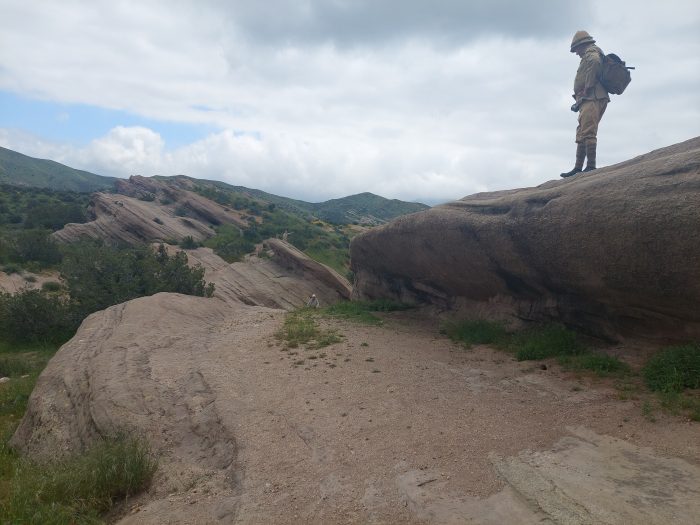
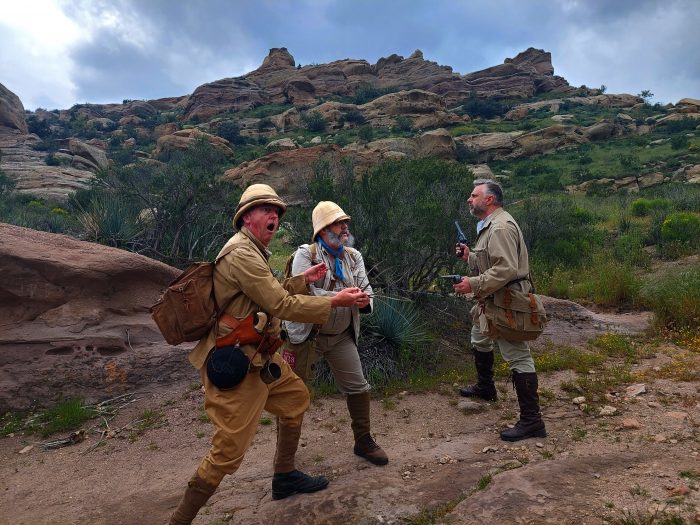
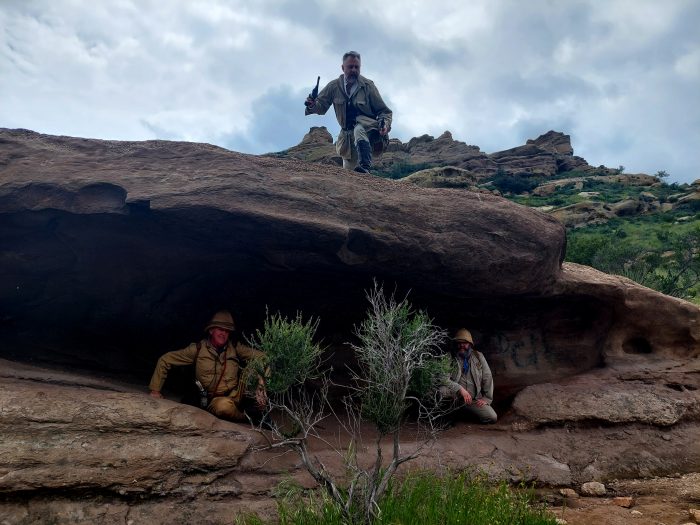
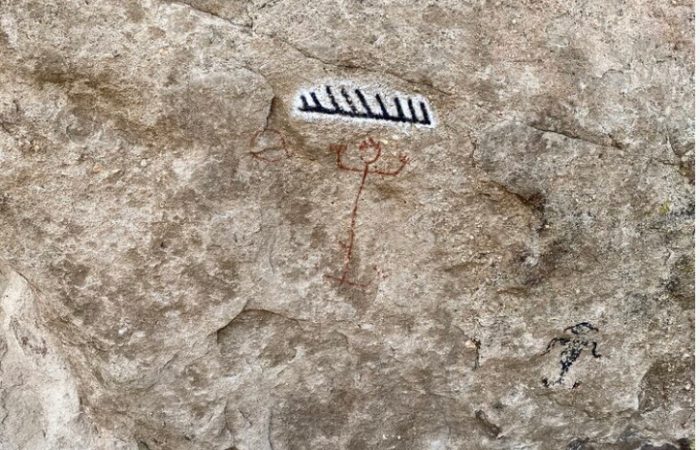
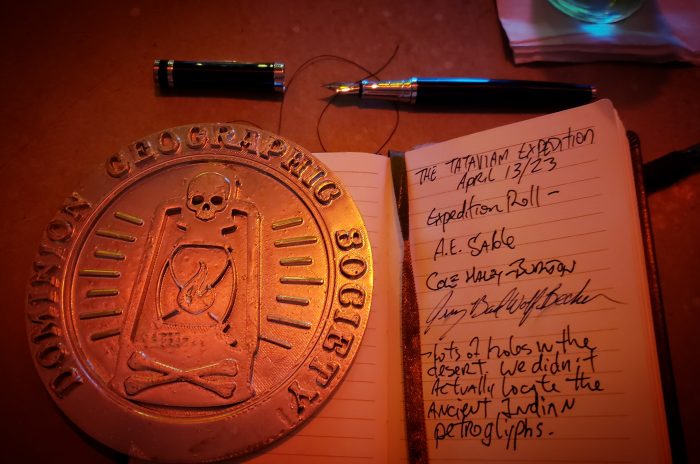

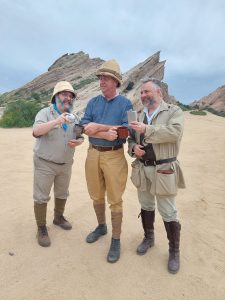
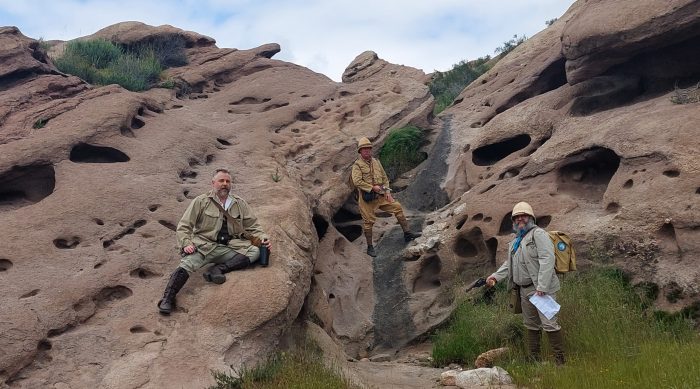
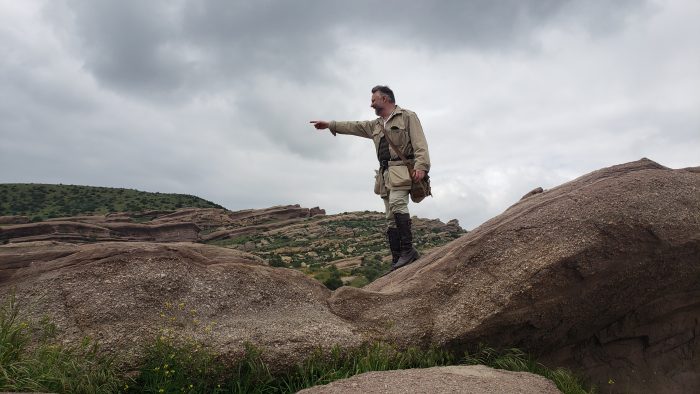
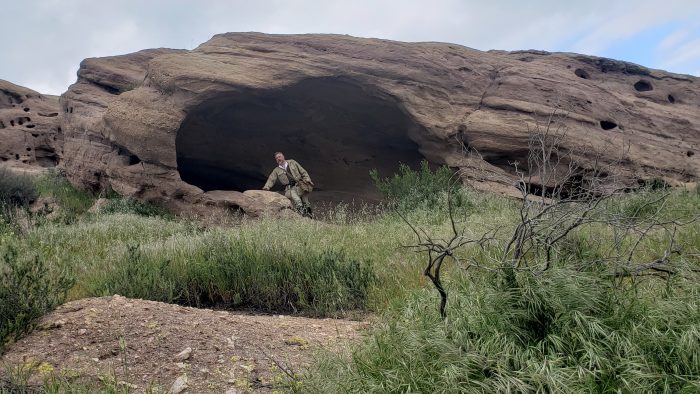
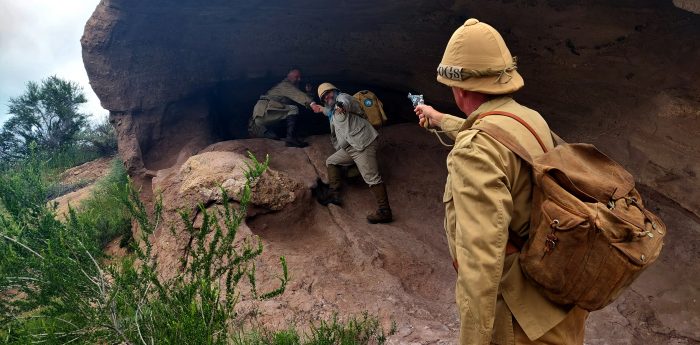
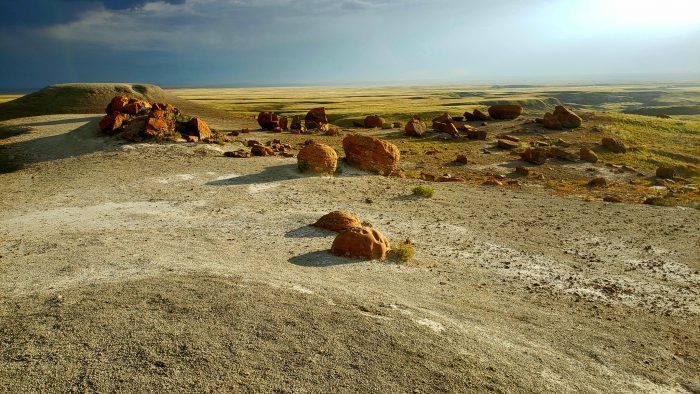
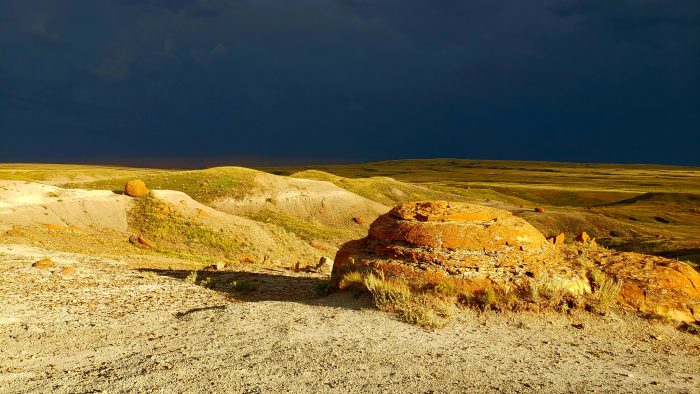
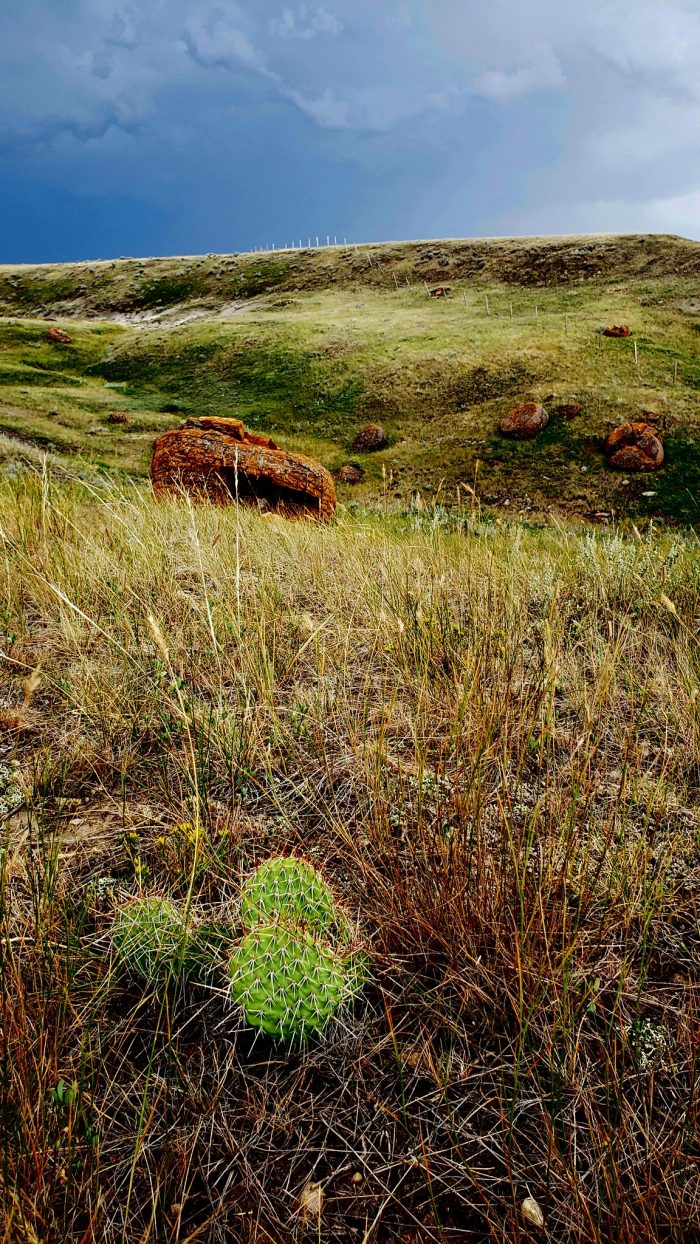
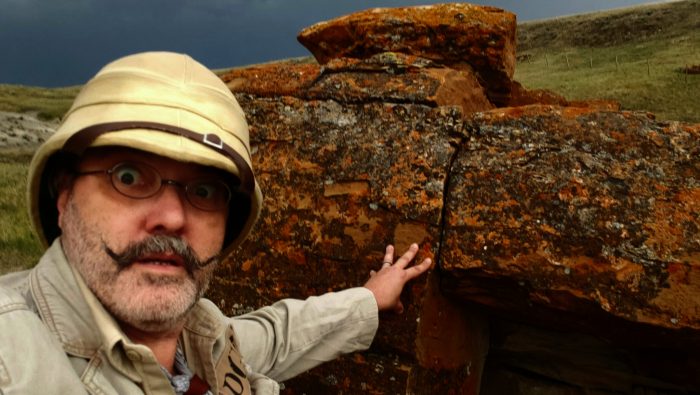
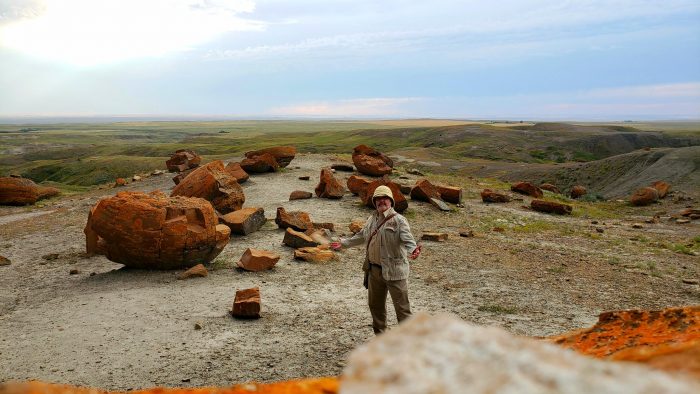
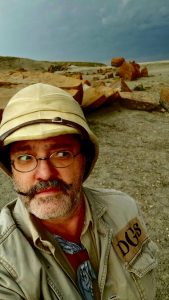
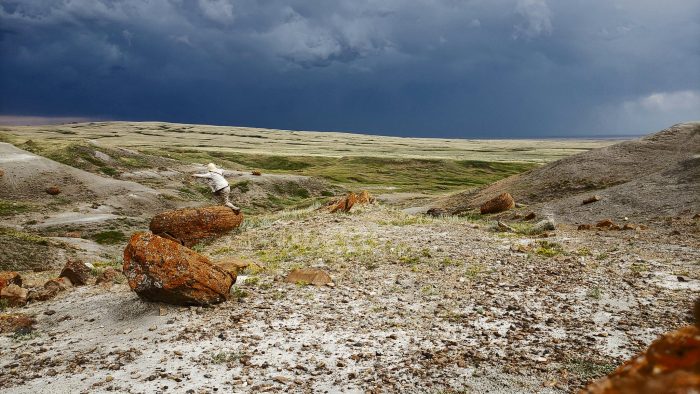
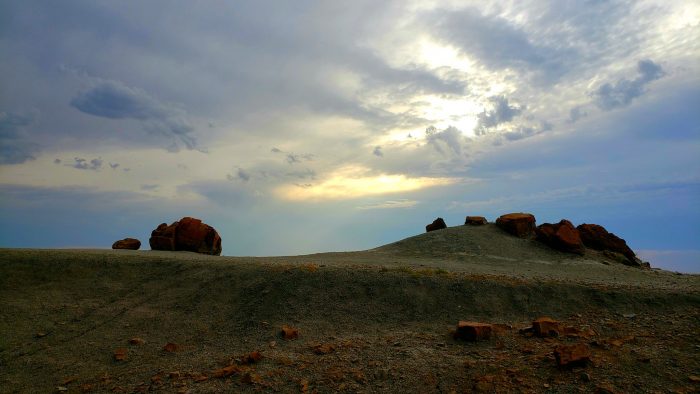
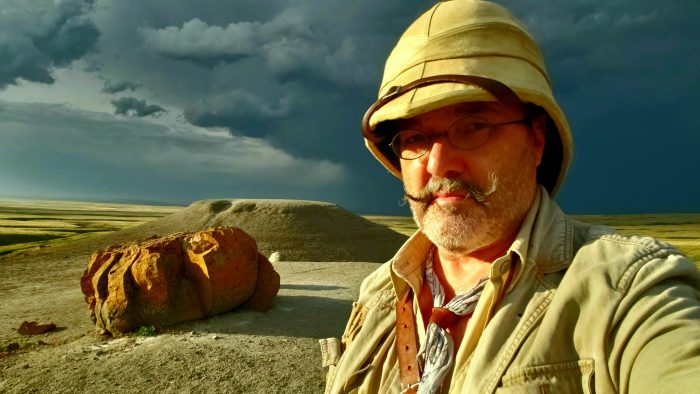
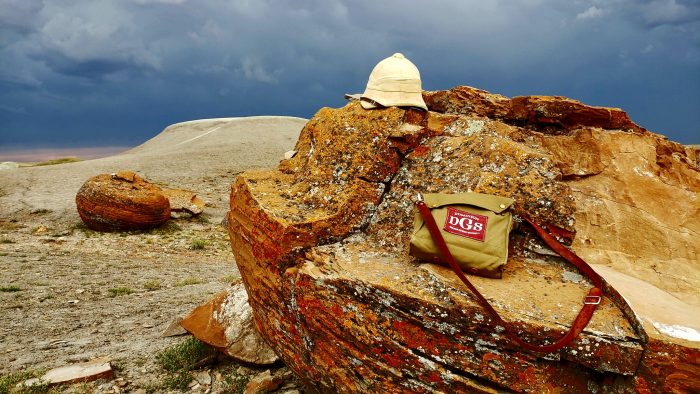
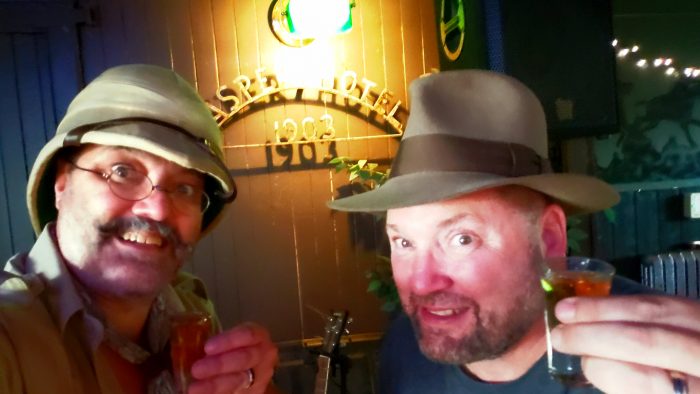
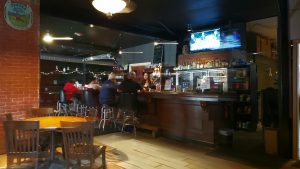
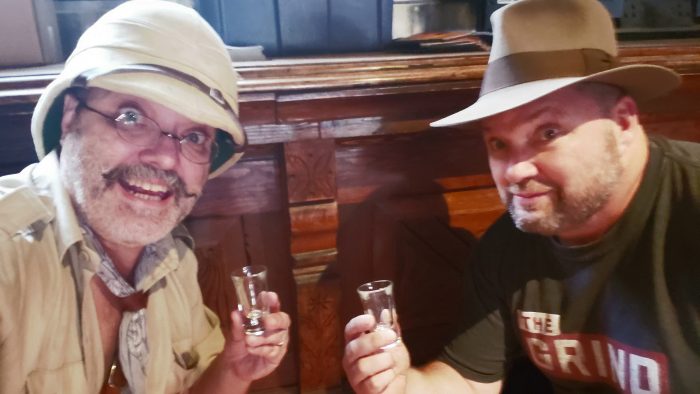
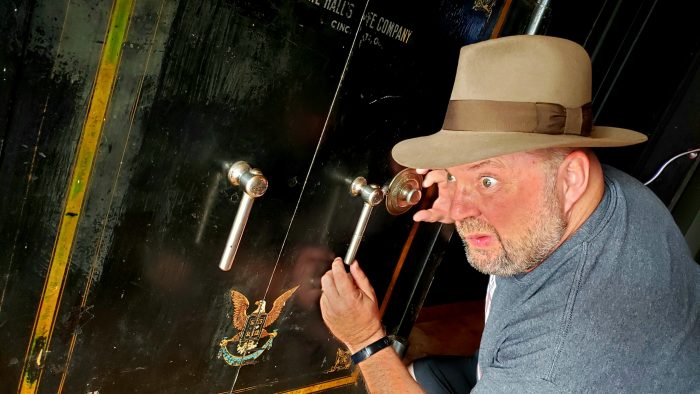
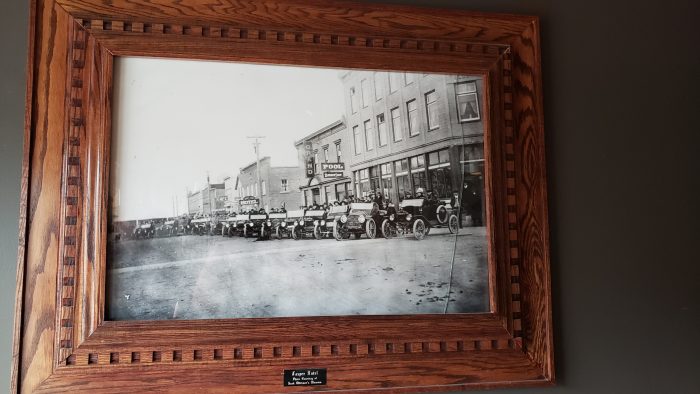
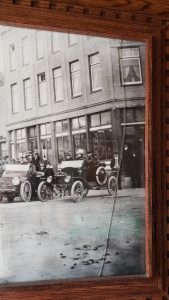
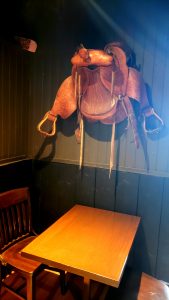
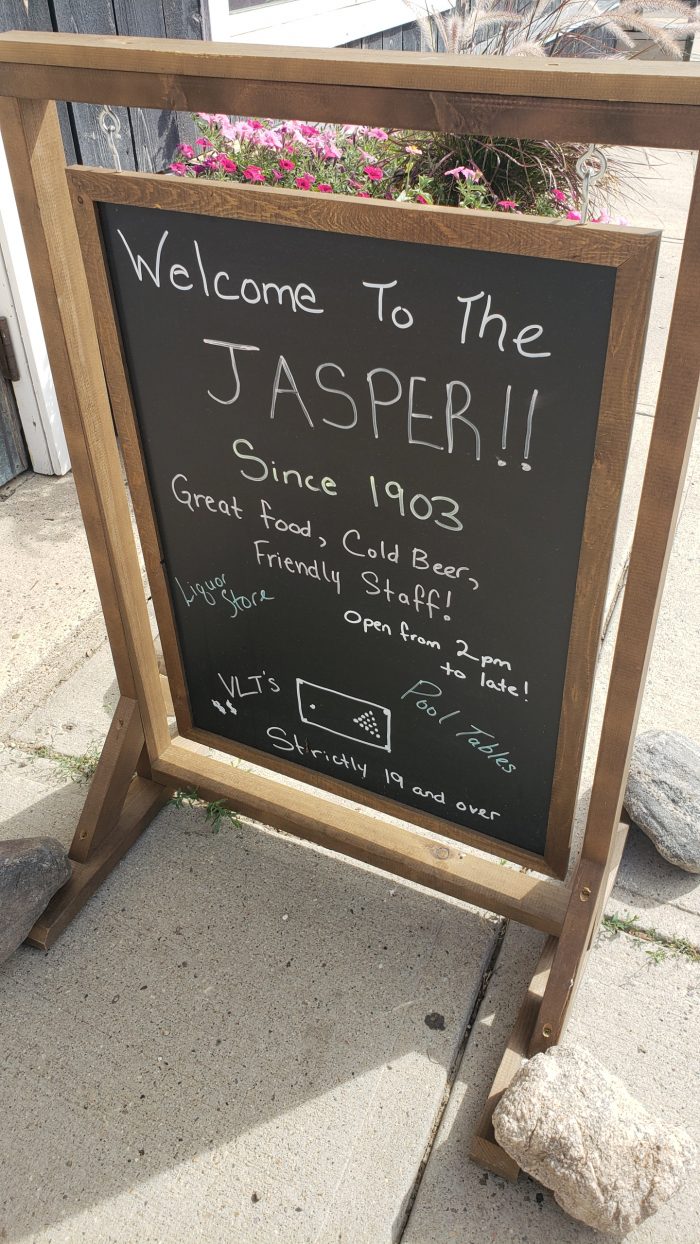
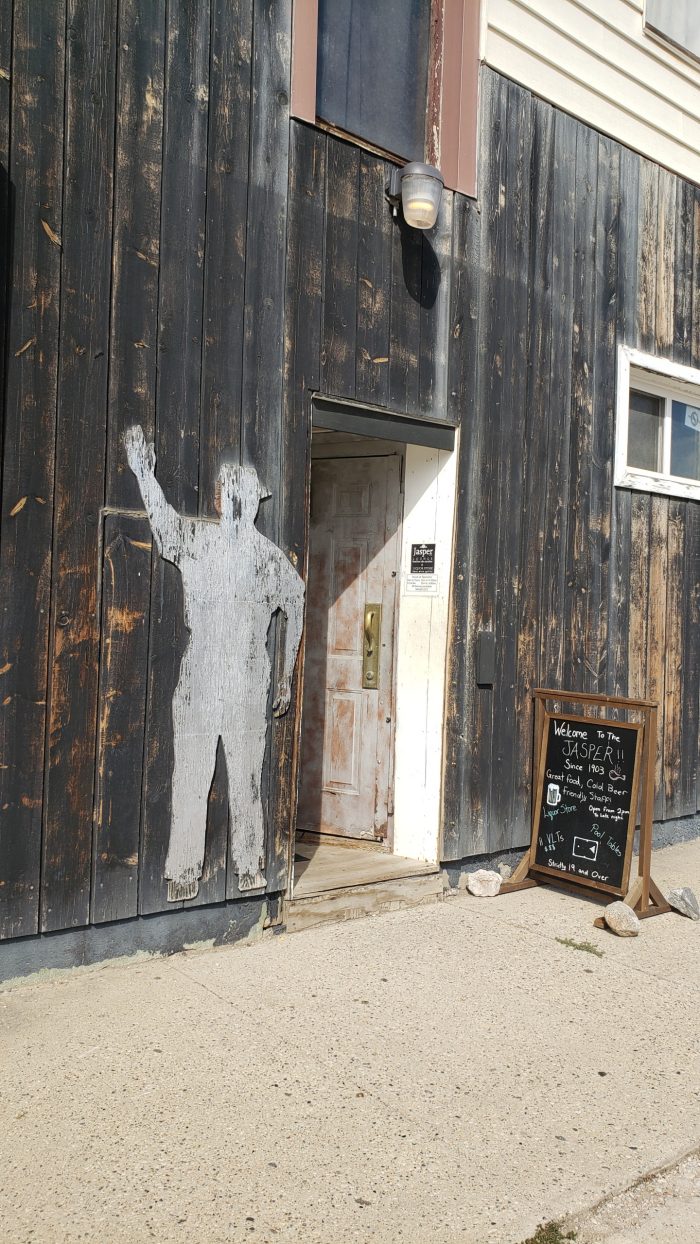
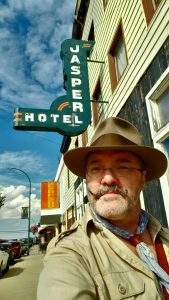
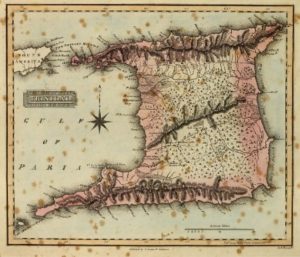
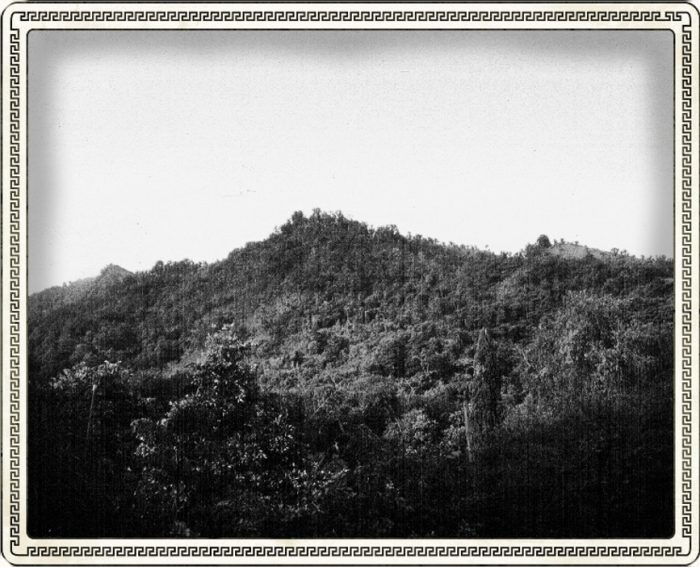
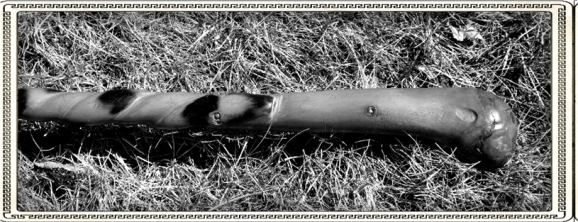
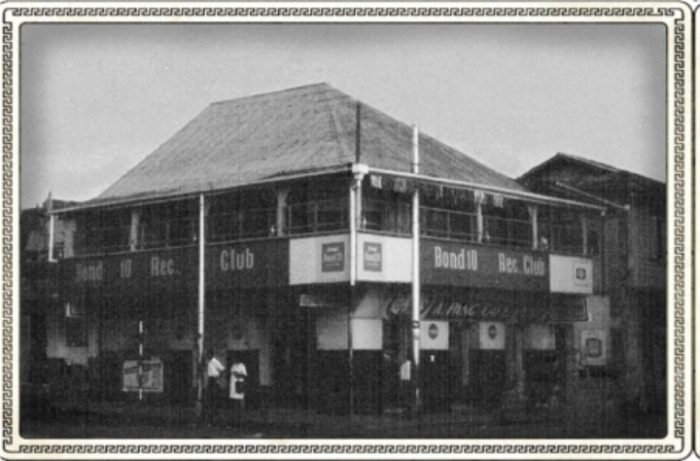
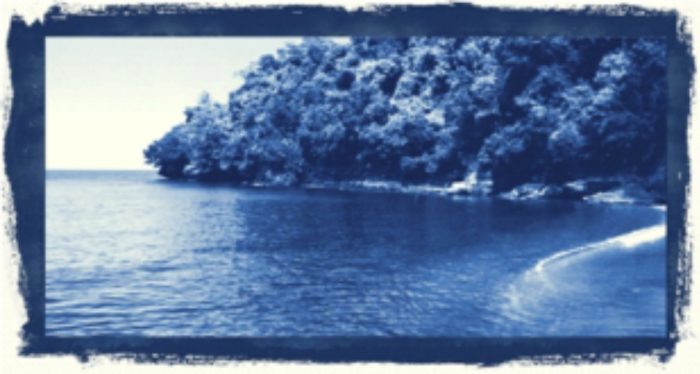
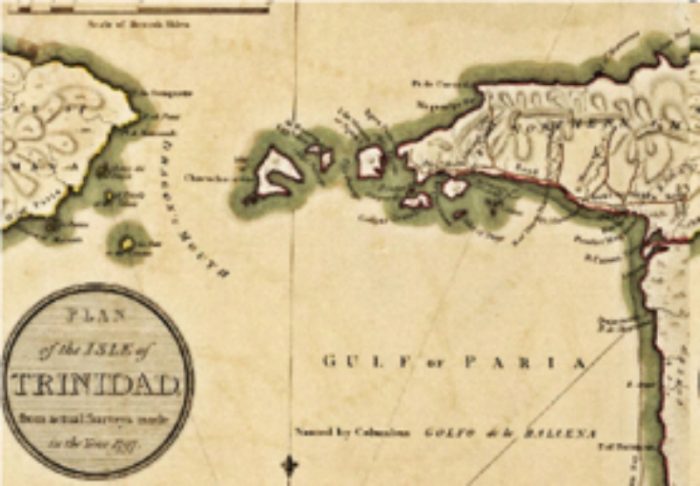
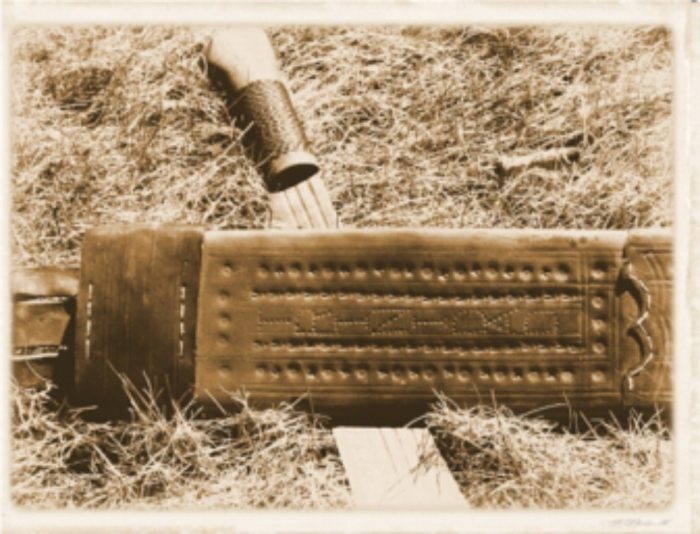
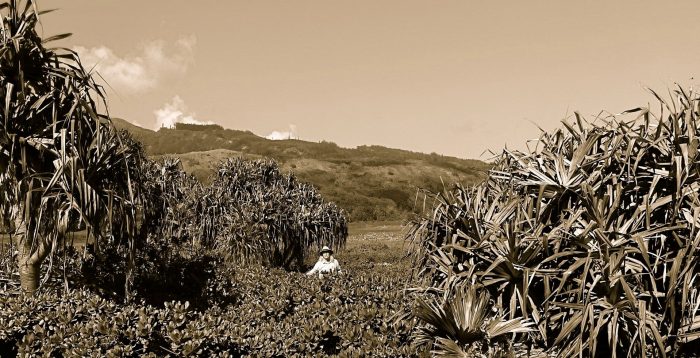
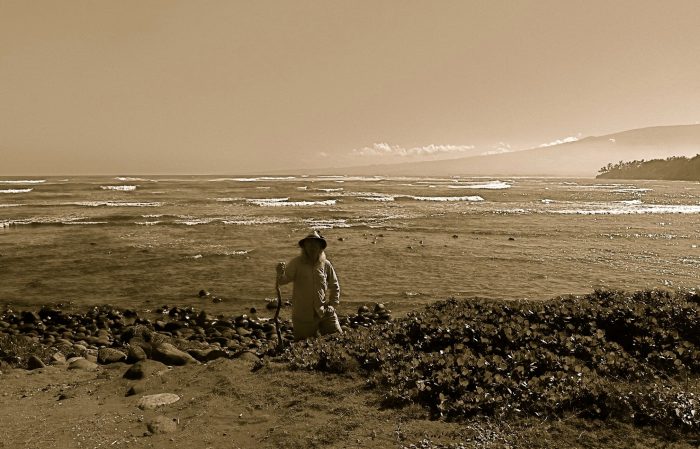
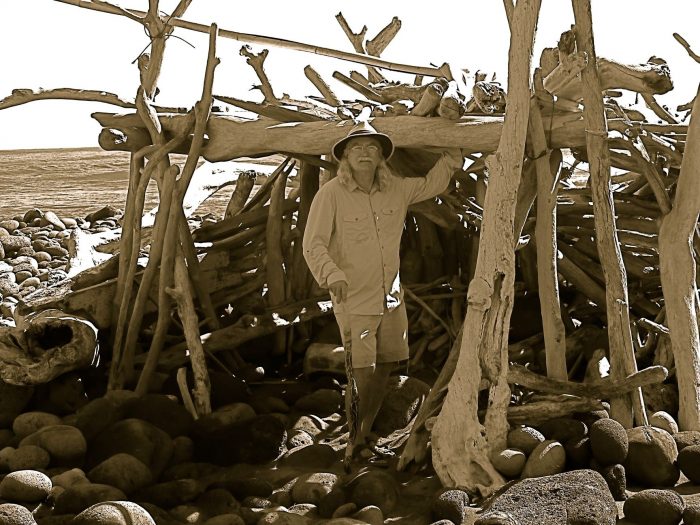
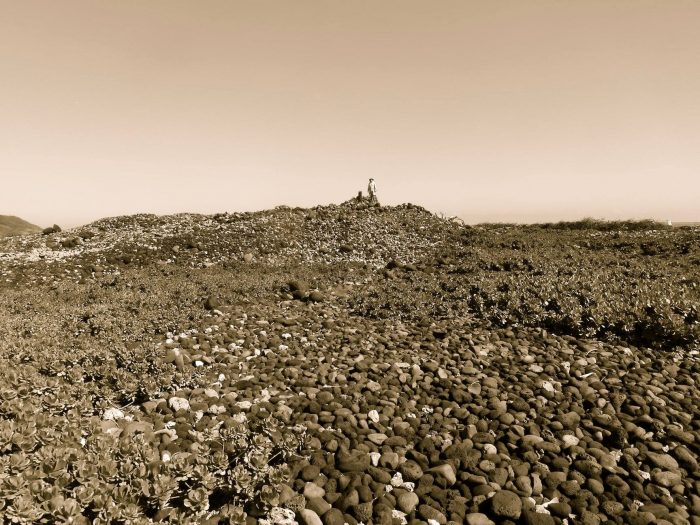
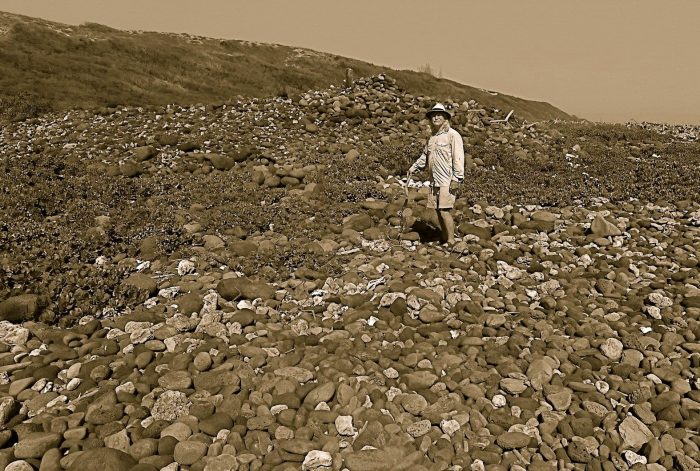
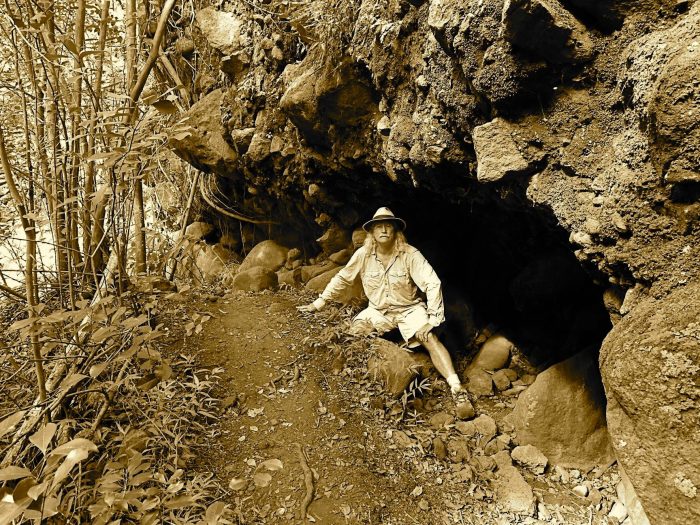
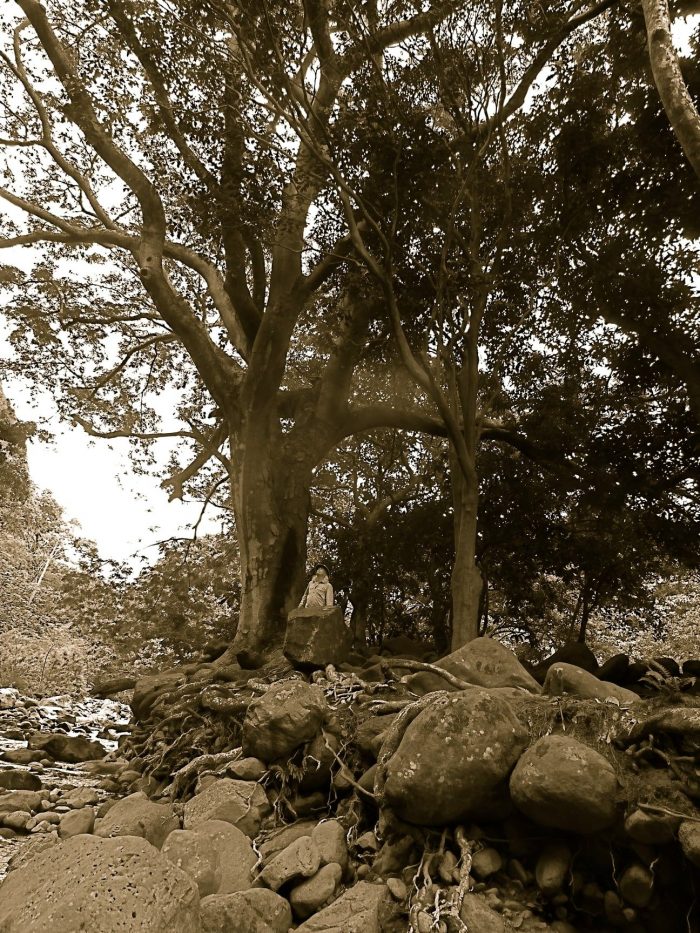
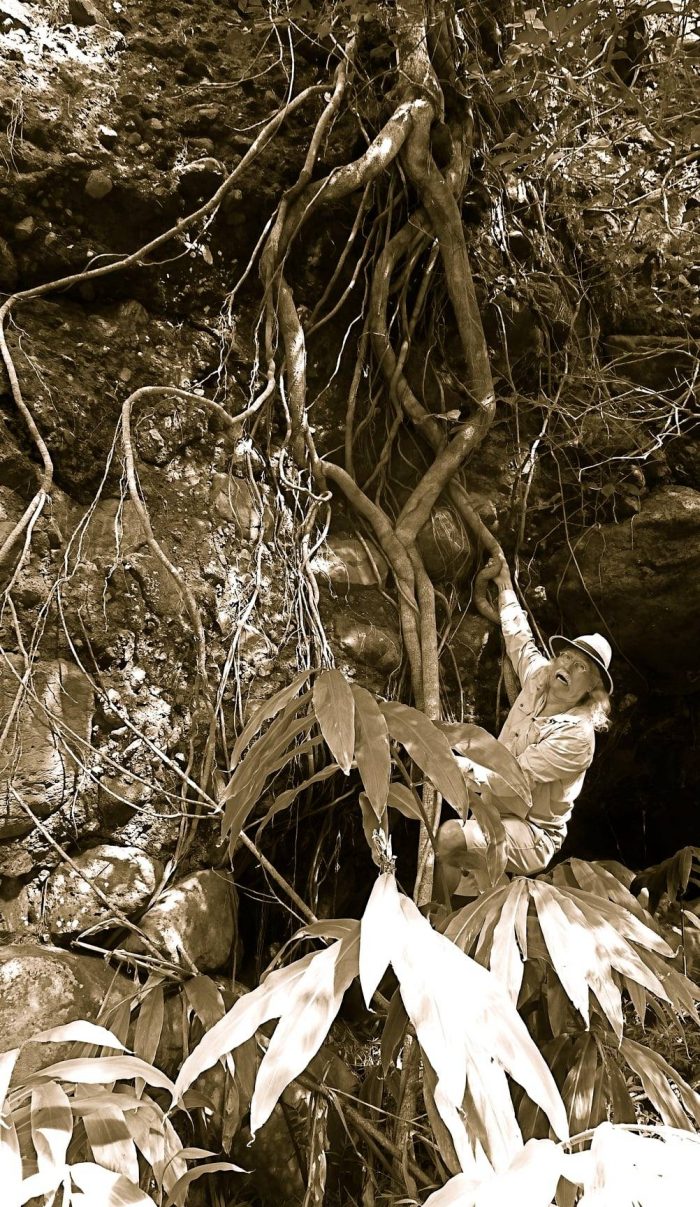
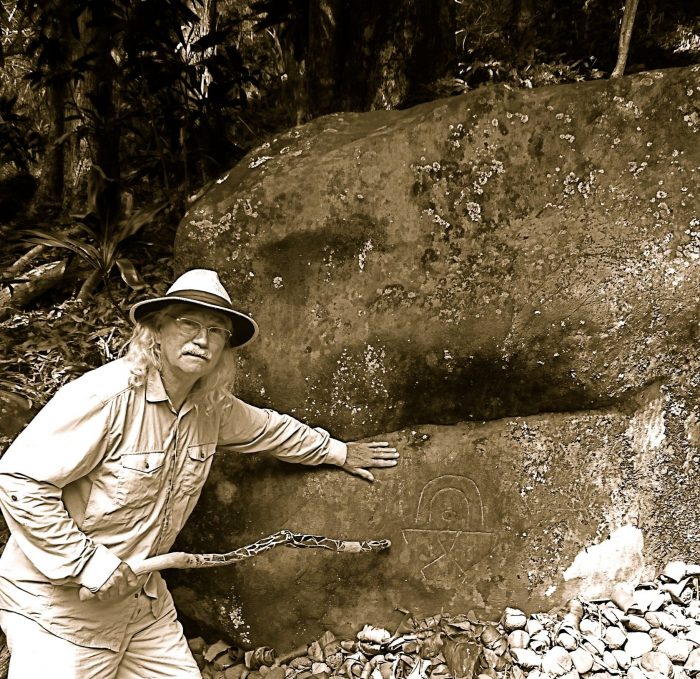
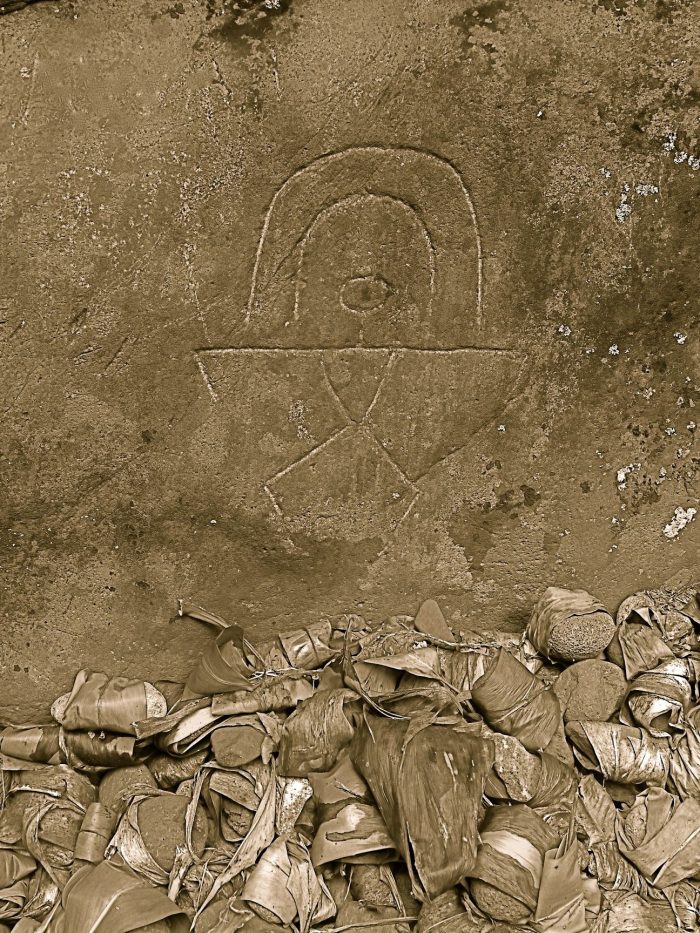
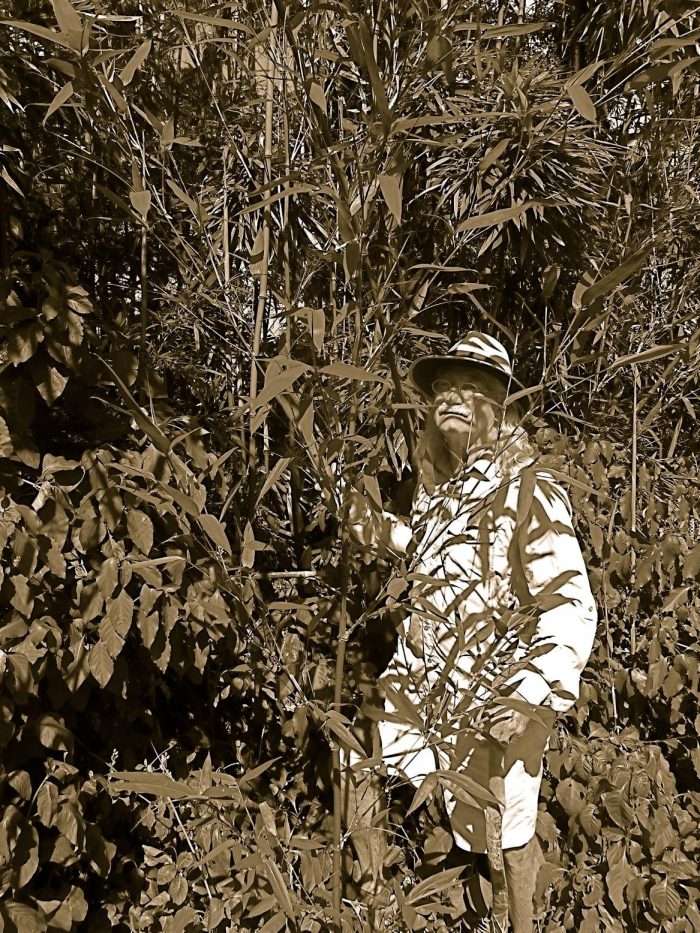

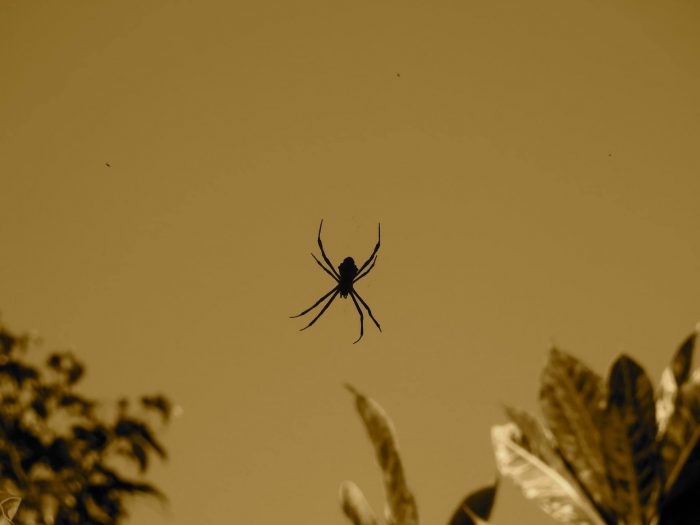
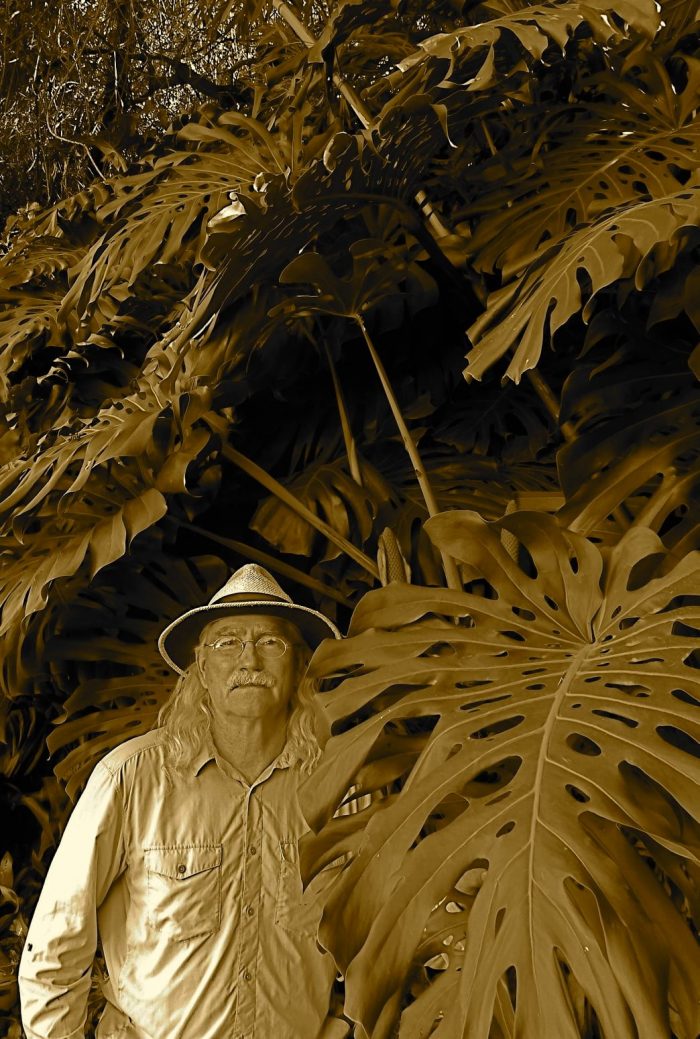
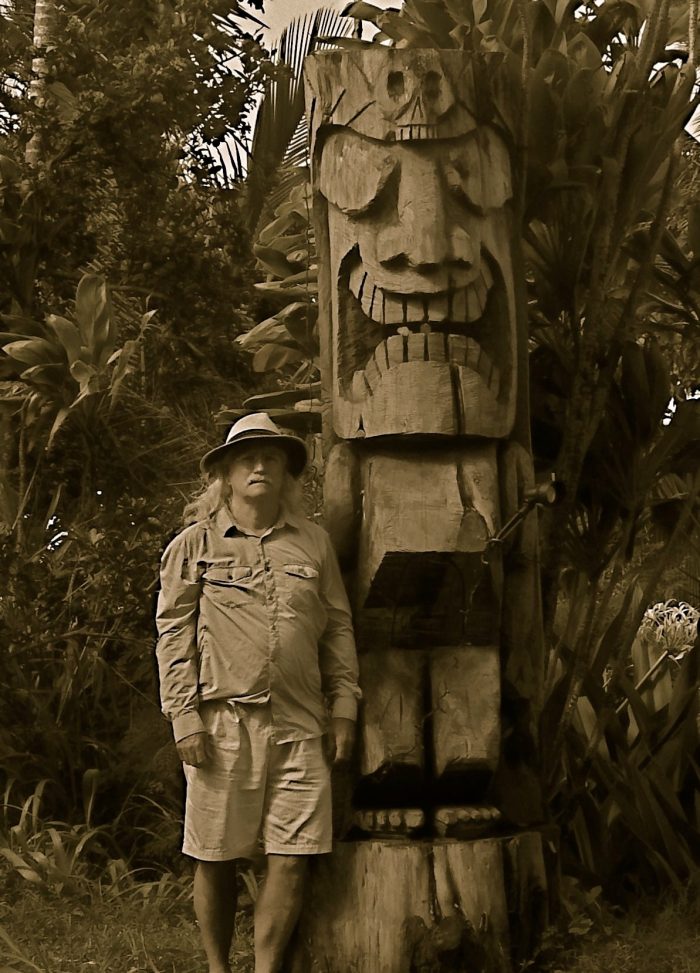
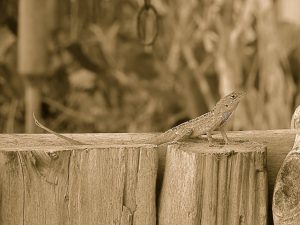
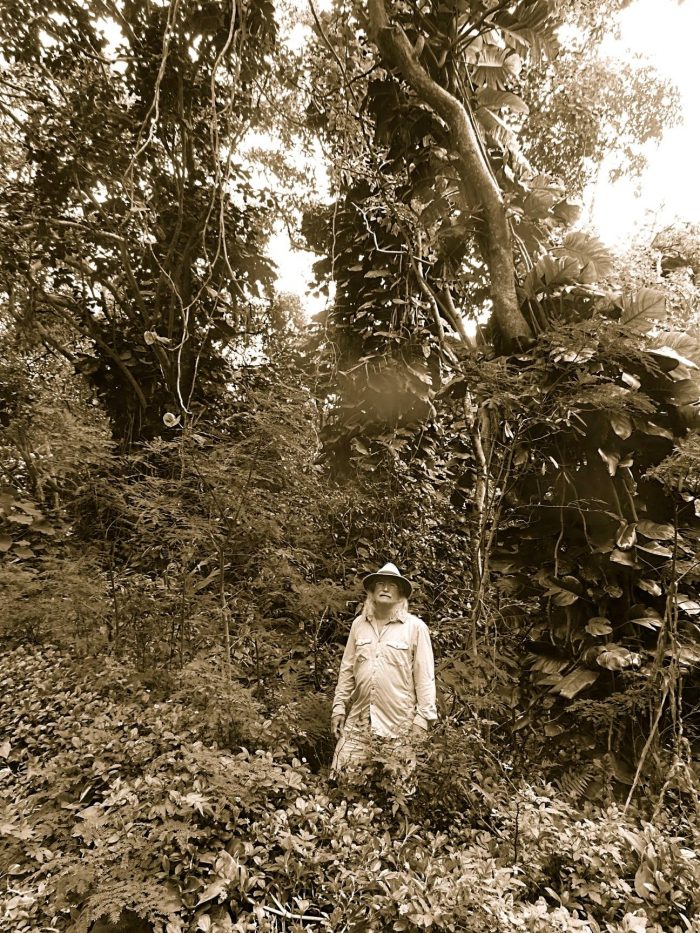
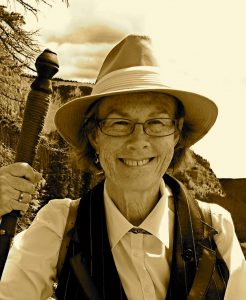
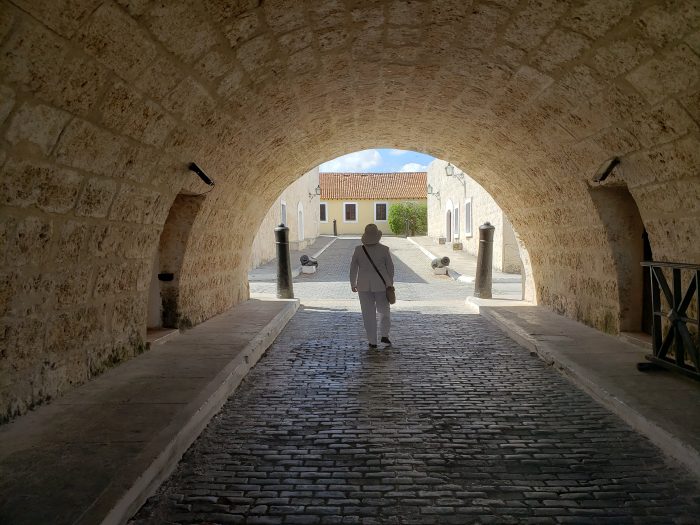
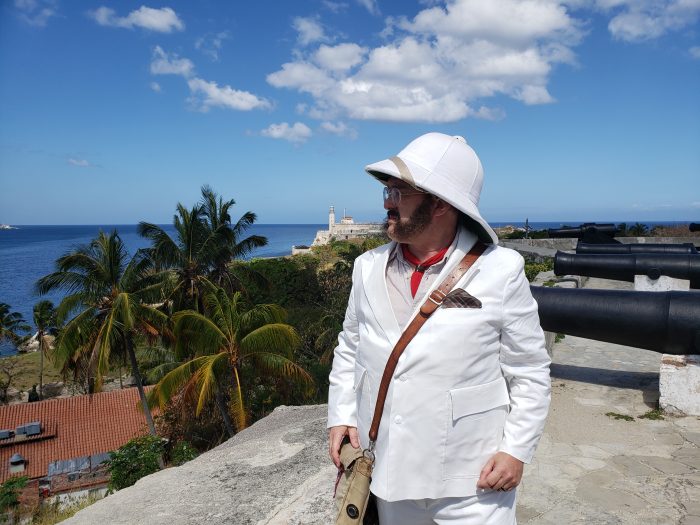
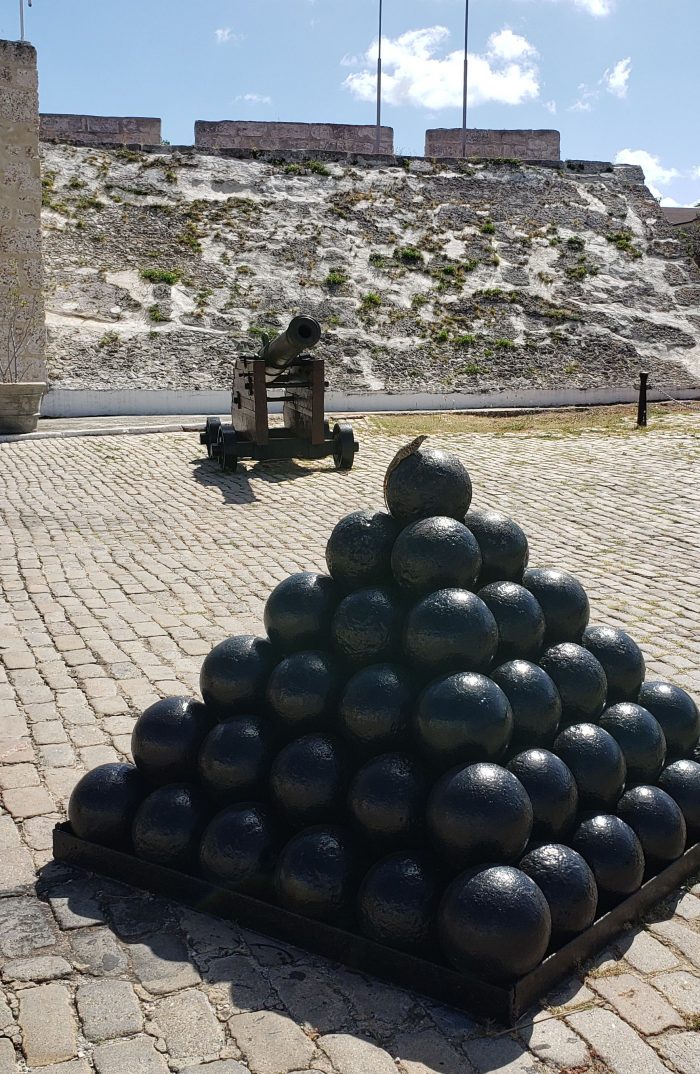
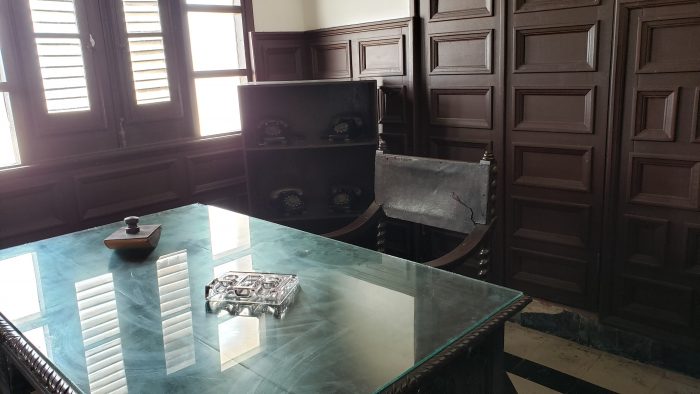
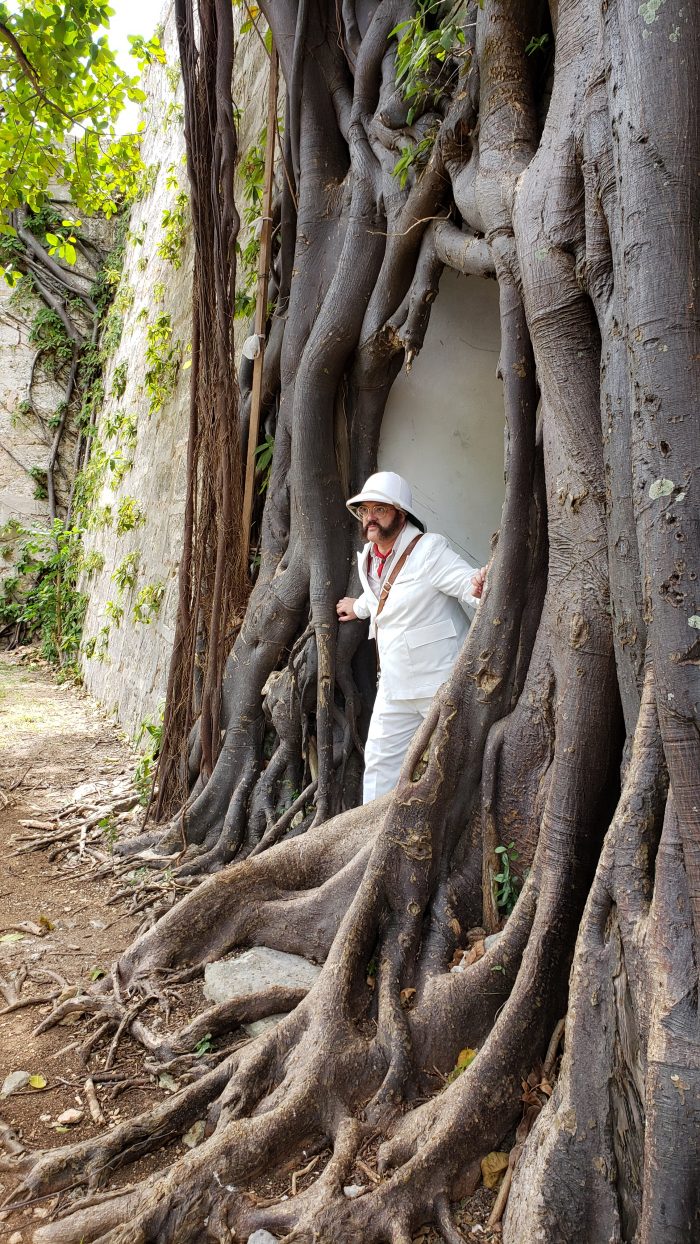
 A recent Instagram post I saw about rafts and canoes set me to reminiscing about bygone days, and reminded me of a precursor, if you will, to
A recent Instagram post I saw about rafts and canoes set me to reminiscing about bygone days, and reminded me of a precursor, if you will, to 